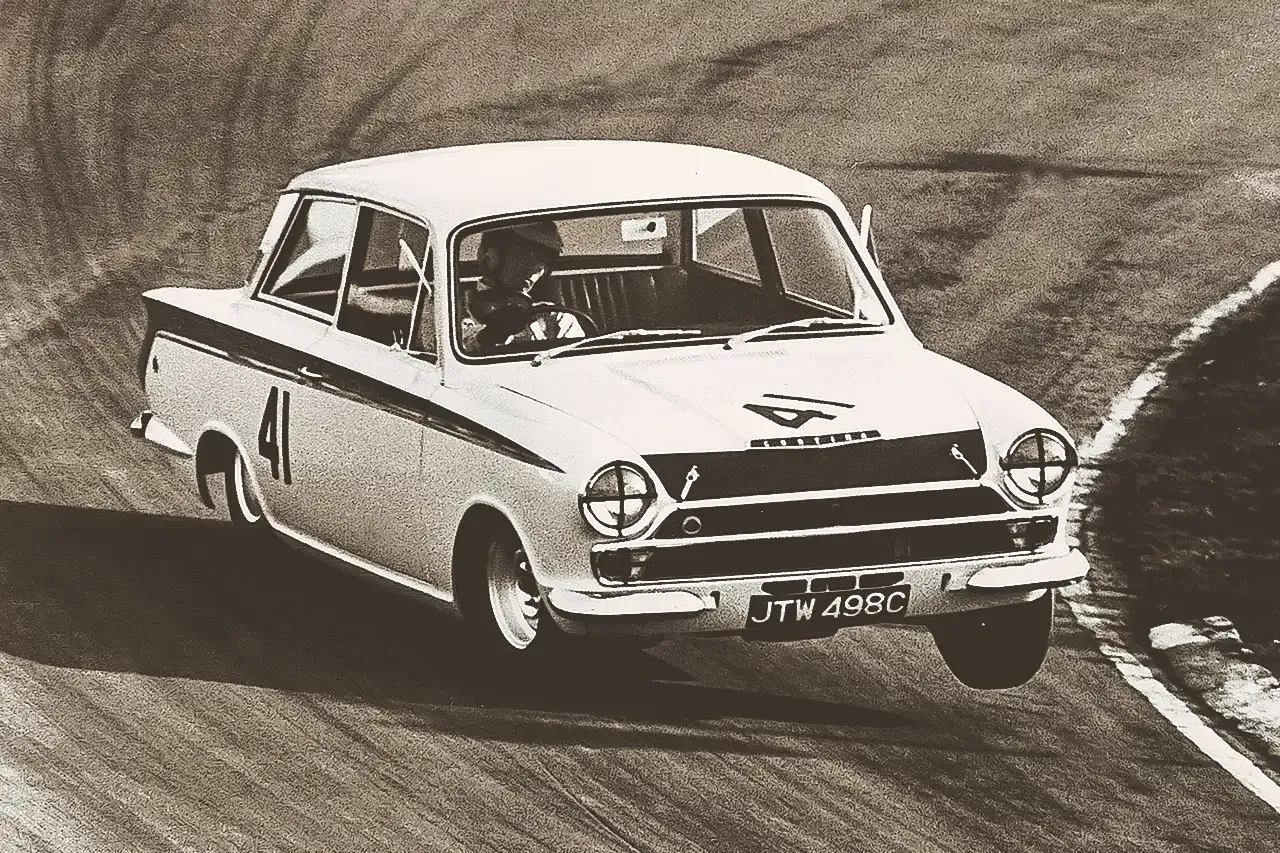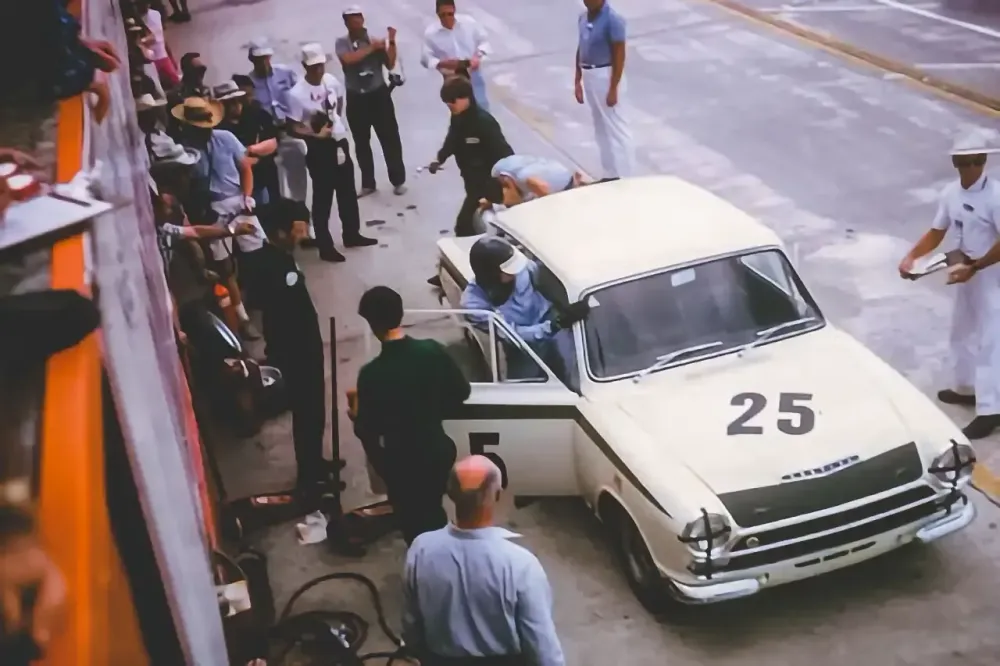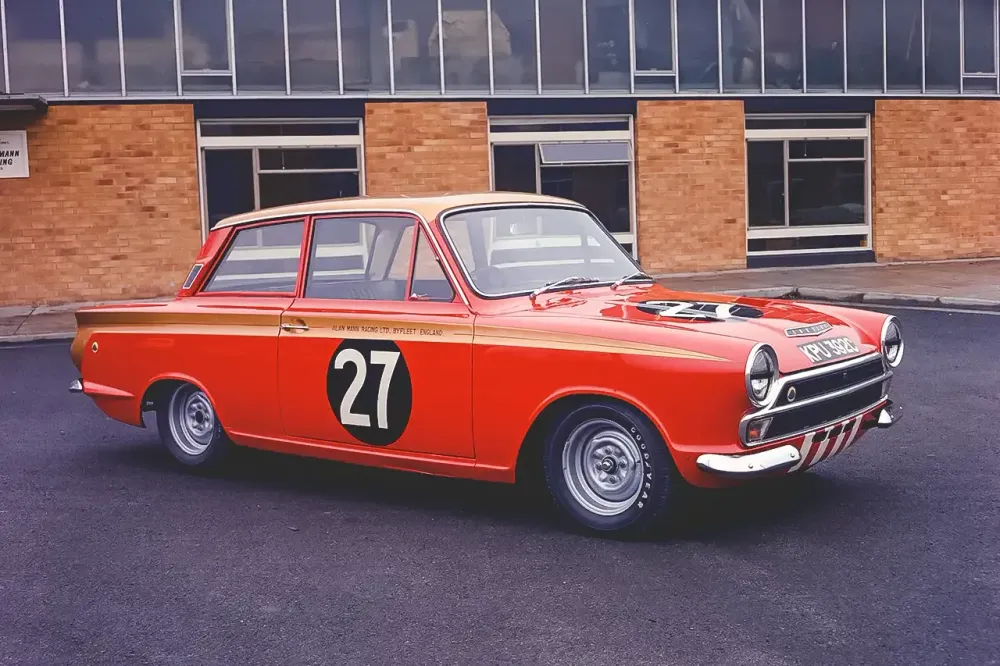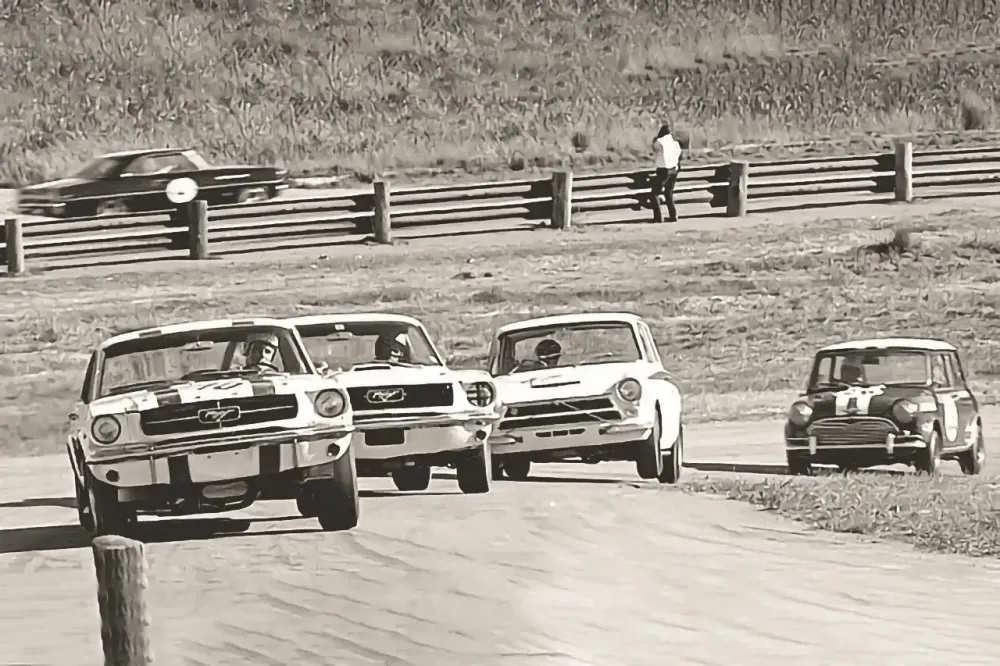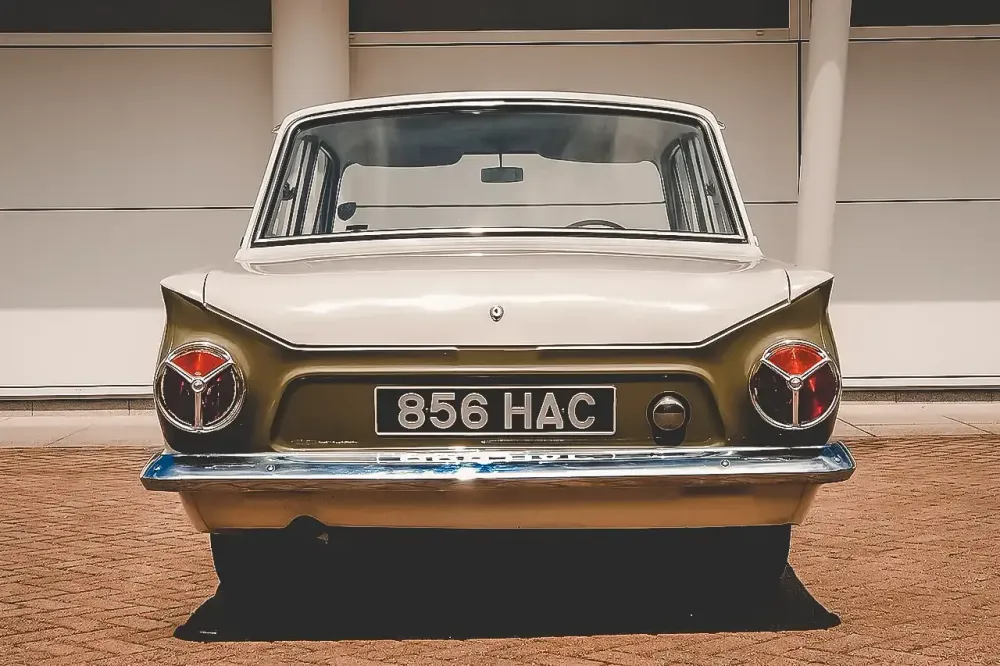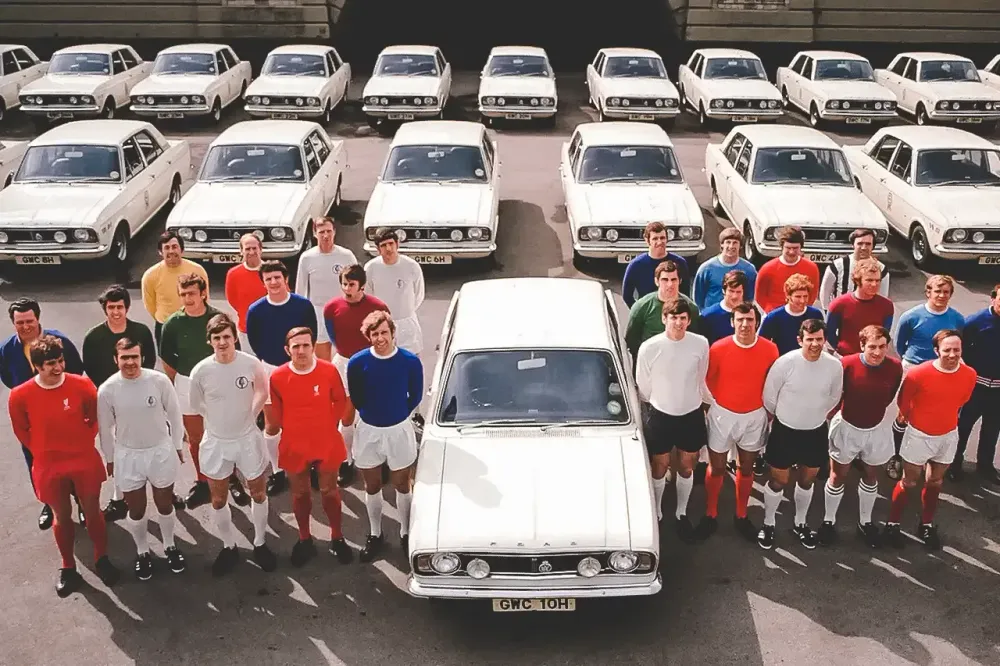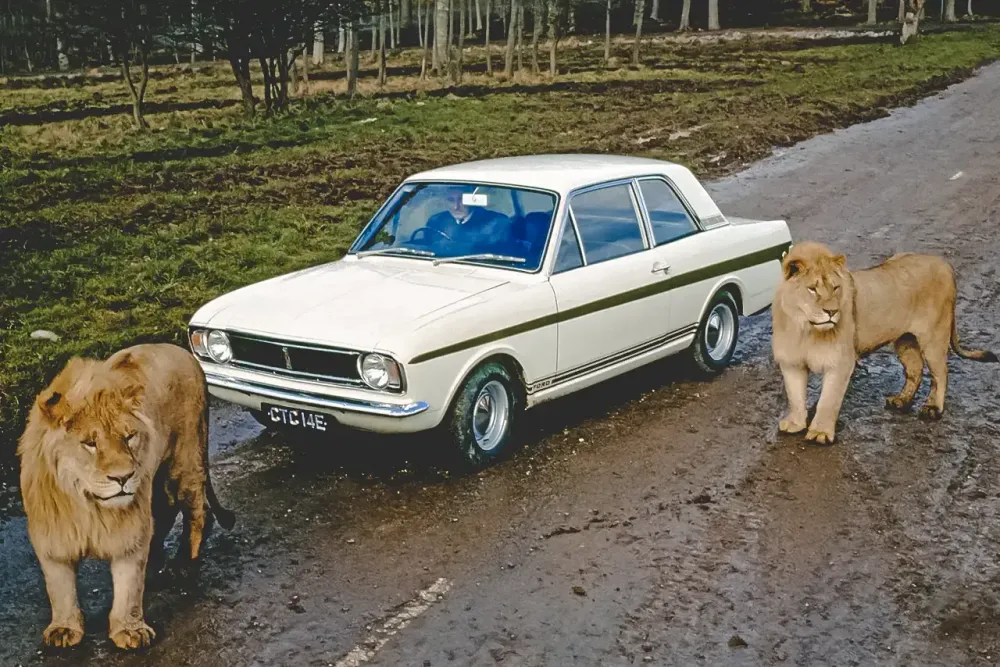Ford Cortina Lotus: the heroic family car
The history of the Cortina Lotus would not exist, nor would it make sense, if it were not for the pertinence and success of the peaceful model that gave rise to it. Consul Cortina was the first name of the model that would end up giving rise to a 20-year series.
At the beginning of the 60s, Ford had an excellent proposal for the entry-level segment in the Anglia, while the Consul and Corsair responded to the desires of those who were looking for an upper mid-range model in the brand's range. The Cortina was born in 1962 to fill the space between the two and, at that time, represented the most attractive market share.
The Cortina MkI existed in two- and four-door versions and also in an “Estate” version and with different levels of equipment. Initially, the engine used was a derivative of the Anglia unit, now with 1197cc. Later by a completely new 1499cc engine that delivered 60hp in the Super version and 78hp in the GT version, thanks to a more aggressive camshaft, a cylinder head with larger diameter windows and the use of a double Weber. The GT's suspension was lowered and a little firmer to enhance performance. The instrument panel was specific, and more complete. Externally, the GT was distinguished by specific symbols and wider wheels, which could be Rostyle as an option.
While this was happening, Colin Chapman was looking for a new mechanical solution for his future models. The Coventry Climax engines that had previously been used in the Elite were expensive and had little room for evolution. As such, he commissioned his friend Harry Mundy – then editor of the technical section of Autocar – to design a cylinder head with dual valve timing that could be adapted to a Ford block. Also involved in the project was Keith Duckworth, founder of Cosworth.
The studies began with the old block from the Anglia, but as soon as the 1499cc engine with five crankshaft supports, nicknamed Kent, was launched, this became the base of choice, as it withstood higher efforts and rotations. The Kent block also had the advantage of a crossflow architecture, that is, intake and exhaust on opposite sides. The result was promising. The engine, which was being designed for the Lotus Elan, was tested for the first time in a race, at the Nürburgring, in a Lotus 23 driven by Jim Clark.
As soon as this engine began to be applied to the Elan, Lotus created a new version, now with a capacity of 1557cc, thus approaching the limit of the 1600 category existing in several disciplines of the sport. The potential of the Lotus Twin Cam engine did not go unnoticed by Ford, which motivated Walter Hayes to approach Colin Chapman about applying that mechanic to the 1000 Cortina, in order to obtain homologation for competition. A success story that knew no boundaries was thus launched.
However, to take advantage from the 106 hp of the Lotus engine, the Cortina needed to go through several evolutions. Ford supplied the bodies to Lotus, which would be responsible for all technical developments and aesthetic touches. The Cortina Lotus used the Elan's close box and a much more advanced suspension, with coil springs at the rear.
Weight was another revised aspect, with door, hood and trunk panels being replaced by others in aluminum. In 64, almost simultaneously with the aesthetic updates of the Cortina MkI, aluminum would no longer be used in the bodywork and the rear springs returned to leaf springs, as it was considered that the GT had safer behavior.
With the arrival of the Cortina MkII in 1966, the Lotus version would now be assembled by Ford. Designed por Roy Haynes, MkII Cortina was elegante and modern, and even more refined, but it was never as popular as the MkI. However, it sold more.
The model “gained” 77kg but, in compensation, its overall length was shortened and its width increased, while maintaining roughly the same wheelbase. What it gained in stability was lost in agility, making this the less popular of the two versions.



